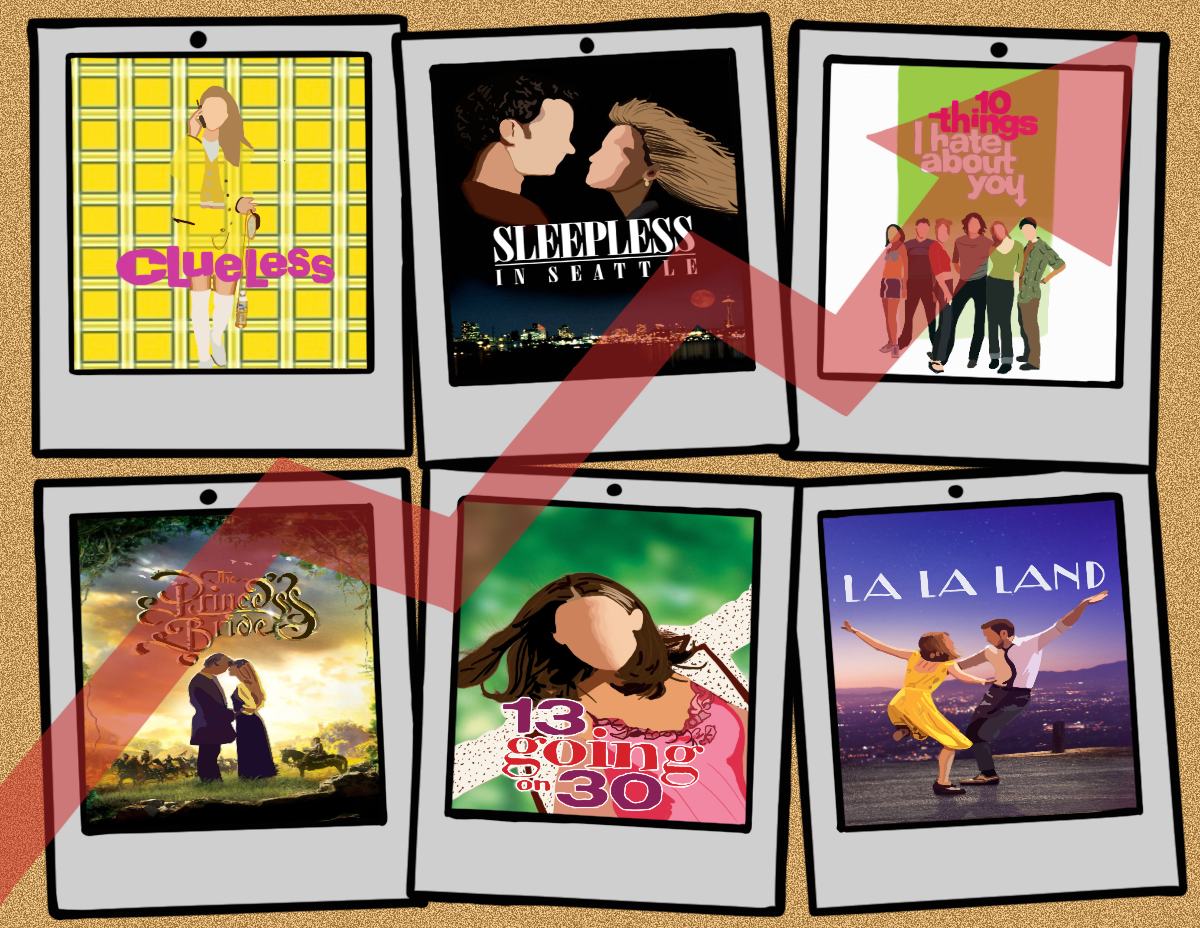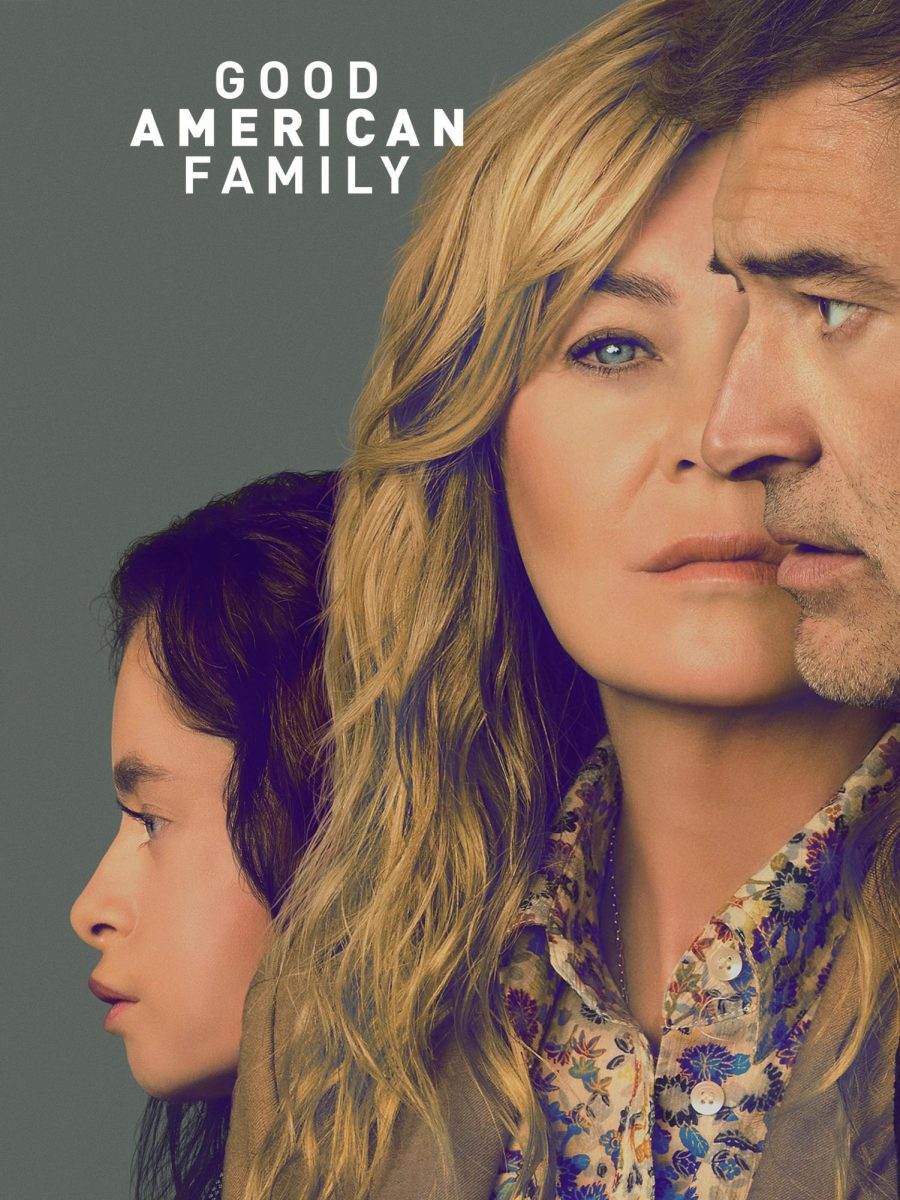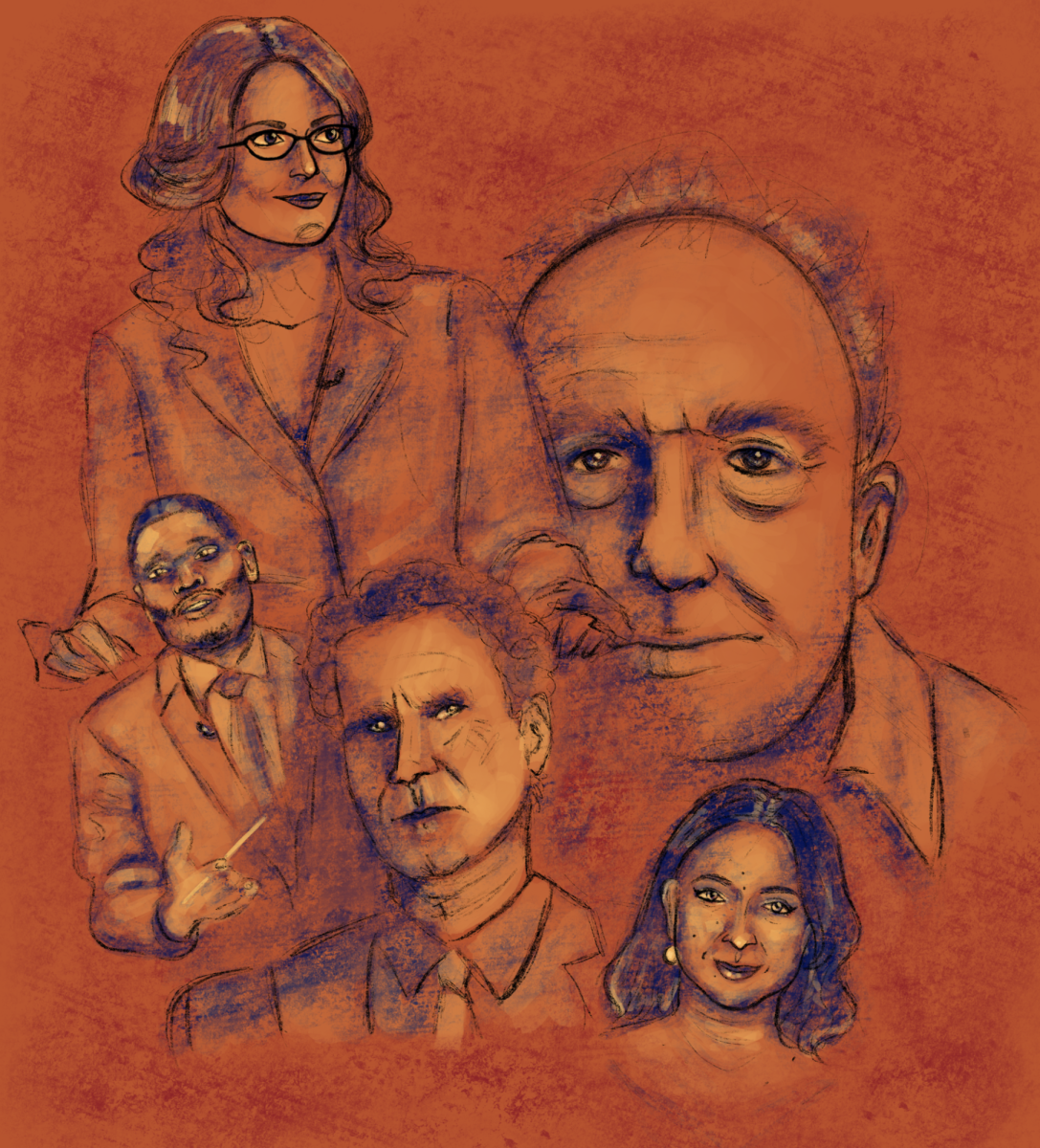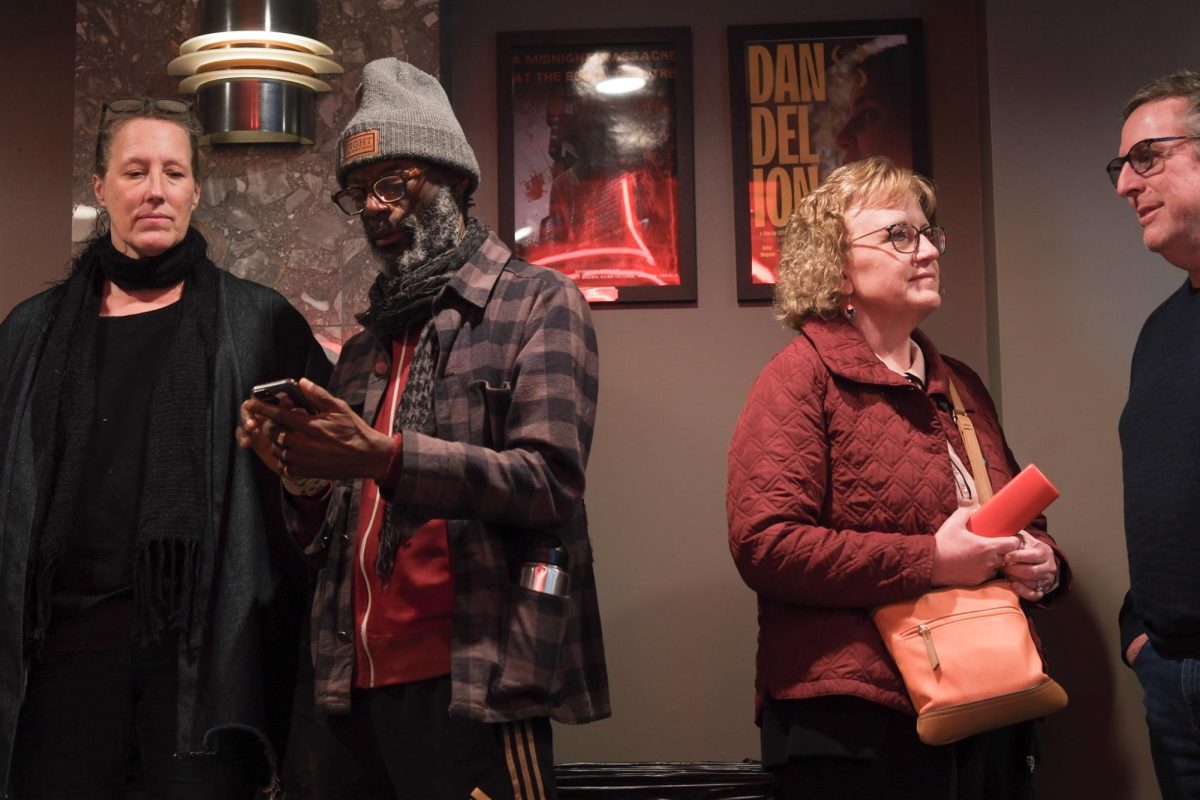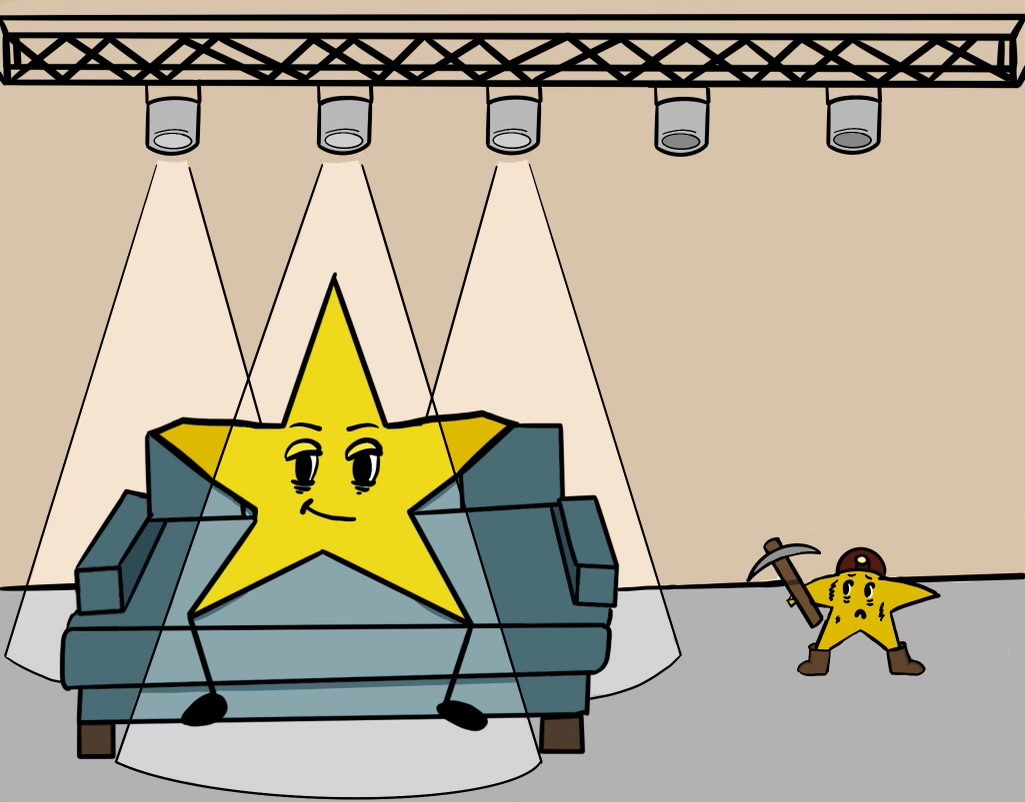The 100th anniversary of the romantic comedy genre, today dubbed the rom-com, is on April 20 this year. The first ever rom-com, Pathé Pictures’ film “Girl Shy”, presented a light-hearted and witty film experience, as seen in black and white without sound. Later, in the ‘80s and ‘90s, classics like “16 Candles”, “When Harry Met Sally”, and “Pretty Woman” caused the genre to explode in popularity. In the last few months, Hollywood has repeated itself. Recent films such as “Red, White and Royal Blue”, “No Hard Feelings”, and “Anyone But You” have been embraced by movie theater audiences, displaying the resurgence in the genre’s popularity.
Part of the success of the rom-com comes in the comforting presence of the genre in times of crisis. “Girl Shy” and other successful films during the Great Depression, ‘80s films during the end of the Cold War and AIDS epidemic, and now amidst a series of revolutionary decisions in a post-pandemic world. Rom-coms are an escape from reality and their corny nature allows for a light and fluffy watch. Common tropes make for a predictable, but cute ending. This year’s “Anyone But You” depicts the classic enemies-to-lovers trope while opposites attract between the main characters in“Pretty Woman”.
Streaming services are now defining the movie industry. In the past, high-budget, flashy films were much more profitable for studios since movie theaters were a very common place for their introduction into the public eye. Now, films can easily be created on a low budget, and put on a streaming service, and the public can view it immediately. Netflix, for instance, produced “To All the Boys I’ve Loved Before” as well as two more sequels. “The Kissing Booth”, also a Netflix original, became a three-movie series. There has been a major decrease in rom-coms in theater as the largest-grossing rom-com of all time, “My Big Fat Greek Wedding” has just over $240 million. On the other hand, the top-grossing films of all time are 10 times that with “Avatar” making nearly $3 billion with the sequel “Avatar: The Way of Water” and “Avengers: Endgame” closely behind it.
Just like many aspects of life, rom-coms change with the times. Films are becoming less attached to a fixed formula and are willing to experiment. For instance, there is a large increase in queer stories. Films like “Bros”, “Red, White and Royal Blue,” and “Bottoms” are breaking the barrier. Additionally, there is a major increase in diversity. “Players” and “You People” introduce people of color and differing religious beliefs, often forgotten in the genre.
With the addition of a new audience, many of the tropes and stories told in the past are changing as well. There has been a large uptick in Shakespearean rom-coms. “Anyone But You”, “Rosaline”, and “Warm Bodies” are all based on Shakespearean plays. In the early 2000s, movies like “10 Things I Hate About You” and “She’s the Man” were also produced based on Shakespeares’ stories.
In general, the cycle of rom-com popularity increasingly showcases their importance to our film industry. Despite older films becoming less relevant, the genre is safe with the emerging generation of rom-coms.
This piece was originally published in Zephyrus’ print edition on April 18, 2024

